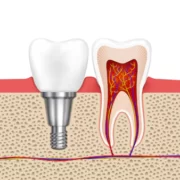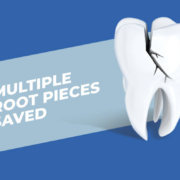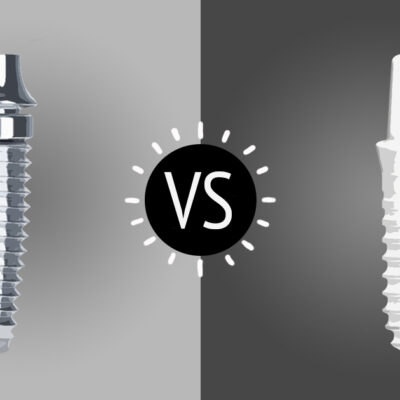If you have a diseased tooth, your dentist will recommend treatment to help manage the problem and keep it from getting worse. Unfortunately, some dental problems are progressive and without treatment, they may worsen over time. And while no one likes to hear that they have a diseased tooth, it’s not uncommon. In fact, nearly everyone has some form of dental disease at some point in life—it’s just a matter of likelihood and severity. If left untreated, dental disease can cause additional issues like cavities or gum disease to spread further or develop into something more serious like root canal or oral cancer. Fortunately, there are several different treatment options for the diseased tooth that can ease symptoms and preserve your natural teeth for as long as possible.
What is a diseased tooth?
A diseased tooth is any tooth that has an infection or other condition that affects its health. The term “disease” in this sense is not meant to imply any type of long-term degeneration or genetic defect, but simply a condition that is causing a problem in the tooth’s structure or function. The most common causes of diseased teeth include dental decay (also known as cavities), gum disease, and trauma to the tooth. Other less common causes include infected root canals, cracks in the tooth resulting from excessive force, cysts and tumors affecting the tooth, and a variety of less common diseases and infections.
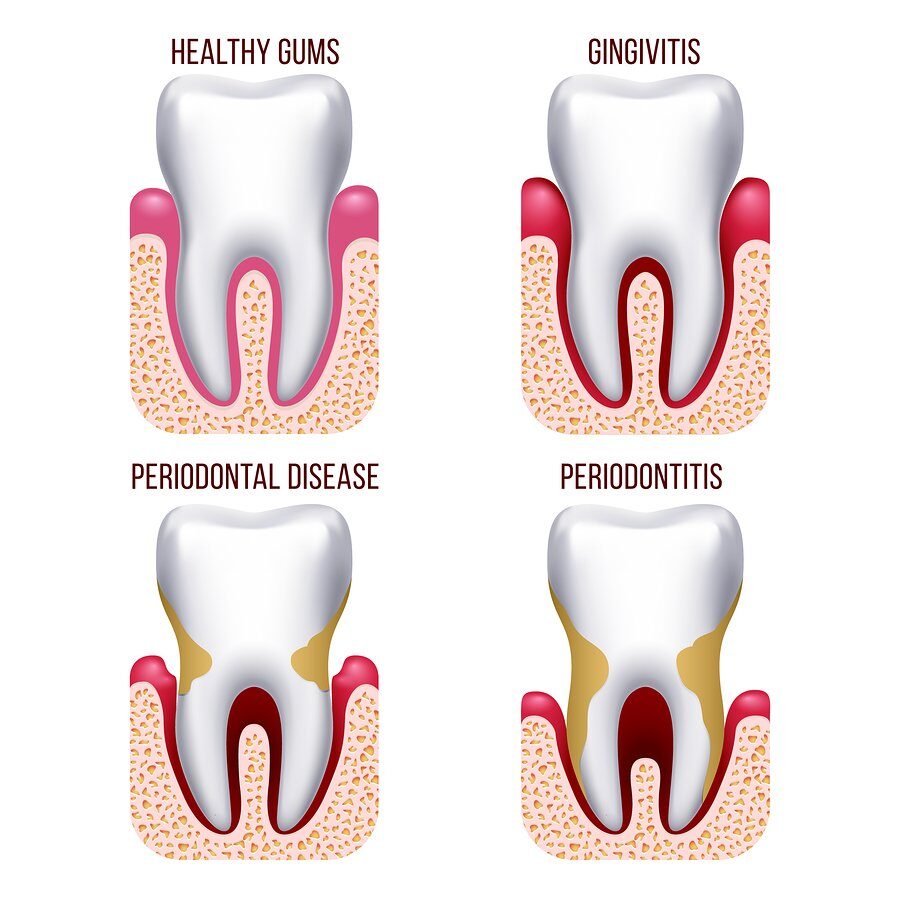
Periodontal Disease
If you’ve been diagnosed with periodontal disease, you need to take better care of your gums. Also known as gum disease, this common dental problem is usually the result of neglecting to floss your teeth on a regular basis. The buildup of plaque-causing bacteria eventually leads to the development of gingivitis or periodontitis, the first stage of periodontal disease.
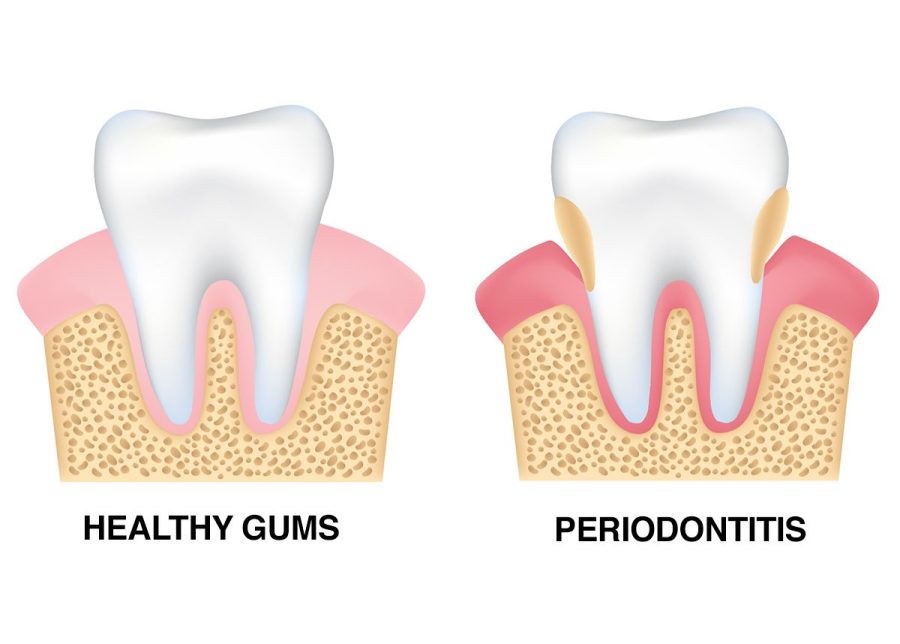
Symptoms of Periodontal Disease
- Gums that bleed after brushing, flossing, or eating crunchy foods
- Tender, painful, swollen gums
- Enlarging space between teeth
- Frequent mouth sores
The good news is, that periodontal disease can be treated over the course of a few dental appointments. Deep teeth cleanings will be required to remove the plaque and tartar buildup in and around your gums. This procedure can be painful to some people but is usually spread out over a number of sessions.
Tooth Decay & Deceased tooth
One of the most common dental diseases is tooth decay, which affects millions of children and adults worldwide. The development of cavities is the result of tooth decay caused by a failure to brush your teeth after consuming sizeable quantities of sugary and acidic foods and beverages. These substances perforate the enamel, which later allows the proliferation of cavity-causing bacteria.
Symptoms of Tooth Decay
- Sharp, localised pain around affected teeth, even if you are not chewing
- Grey or brown coloured spots appearing on the surface of your teeth
- Swollen gums surrounding decaying teeth
- Difficulty chewing food due to sensitivity
Cavities are treated by scraping or drilling away the bacteria from the surface of the tooth, which is later filled by composite or amalgam material to match the appearance of your natural tooth. If Cavities advance beyond the surface of your tooth to the interior pulp will require a root canal procedure performed by an endodontist.
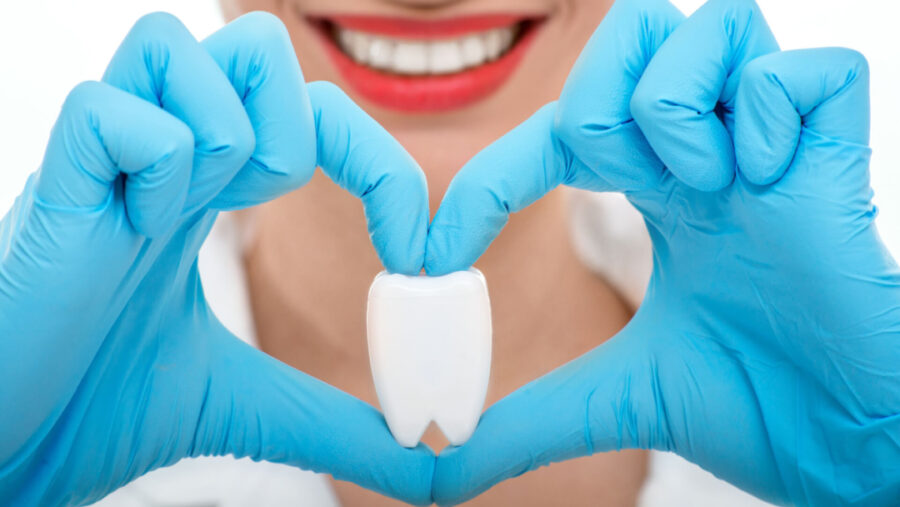
Dental decay
Dental decay is a bacterial infection that can occur inside the tooth and along the gum line. It is caused by plaque, a sticky and colourless film that is constantly forming on the teeth. Tooth decay is damage to a tooth’s surface or enamel. It happens when bacteria in your mouth make acids that attack the enamel. Tooth decay can lead to cavities (dental caries), which are holes in your teeth.
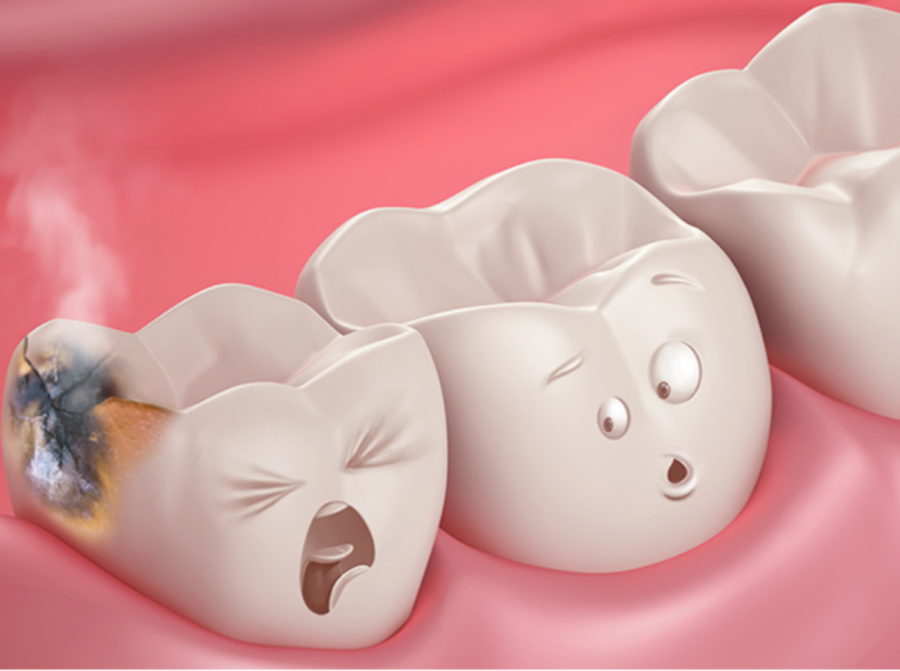
Gum disease | Deceased tooth
However, if the plaque is allowed to remain, it will begin to break down, forming tartar and becoming a breeding ground for harmful bacteria, which then travel through the bloodstream and infect the gums. Gum disease (which includes gingivitis and periodontitis) is a bacterial infection that attacks the gums and bone surrounding the teeth. If left untreated, it can lead to tooth loss and other health problems.
What are the symptoms of Gum Disease?
Gum disease may progress painlessly, producing few obvious signs, even in the late stages of the disease. Although the symptoms of periodontal disease often are subtle, the condition is not entirely without warning signs. Certain symptoms may point to some form of the disease.
The symptoms of gum disease include:
- Gums that bleed during and after tooth brushing
- Red, swollen gums. Healthy gums should be pink and firm.
- Persistent bad breath or a bad taste in the mouth
- Receding gums
- Formation of deep pockets between teeth and gums
- Loose or shifting teeth
- Changes in the way teeth fit together upon biting down, or in the fit of partial dentures
Even if you don’t notice any symptoms, you may still have some degree of gum disease. In some people, gum disease may affect only certain teeth, such as the molars. Only a dentist or a periodontist can recognize and determine the progression of gum disease.
Root canal treatment (END)
A root canal occurs when the pulp inside the tooth becomes infected. The pulp is the soft, tissue-filled center in the center of the tooth, which contains blood vessels and nerves. If the pulp becomes inflamed or infected, it is usually because of a cracked or broken tooth. If left untreated, the infection can spread and cause significant pain and damage to the surrounding tissue and the tooth’s structure. A root canal is a procedure in which the dentist removes the bacteria-filled pulp and cleans out the inside of the tooth.

A root canal is a treatment to repair and save a badly damaged or infected tooth instead of removing it. The term “root canal” comes from cleaning the canals inside a tooth’s root. Decades ago, root canal treatments often were painful. With dental advances and local anesthetics, most people have little if any pain during a root canal. In fact, it’s probably more painful living with a decayed tooth. Root canal alternatives include extracting the damaged tooth, no further treatment, or replacing the tooth with a dental implant, bridge, or removable partial denture.
Oral surgery and extractions
To treat the diseased tooth, your dentist may recommend one of several treatment options, including root canal therapy, an endodontic procedure; a dental extraction; or, more likely, a combination of both. Depending on the severity of the infection and the location of the tooth, your dentist may recommend immediate extraction of the tooth.
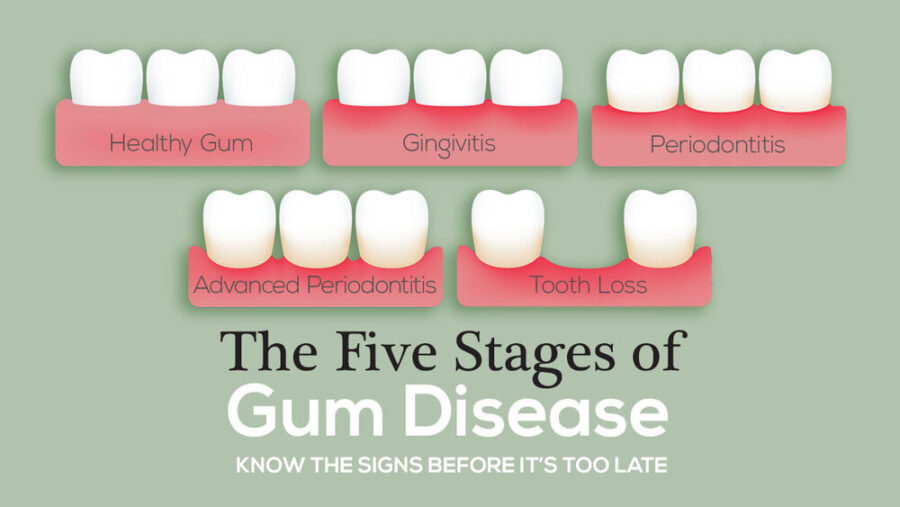
Conclusion
Dental disease is a common problem, especially among older adults. Regular dental visits can help you maintain healthy teeth and gums and catch dental disease early. Since dental disease is usually painless, you may not realize you have a problem until it has reached an advanced stage. That’s why it’s important to see your dentist regularly for checkups and professional cleanings. With regular preventive care, you can reduce your risk of dental disease and its complications.
Suggested Article –
Pros and Cons of Full Mouth Dental Implants
Follow Us For More Updates

